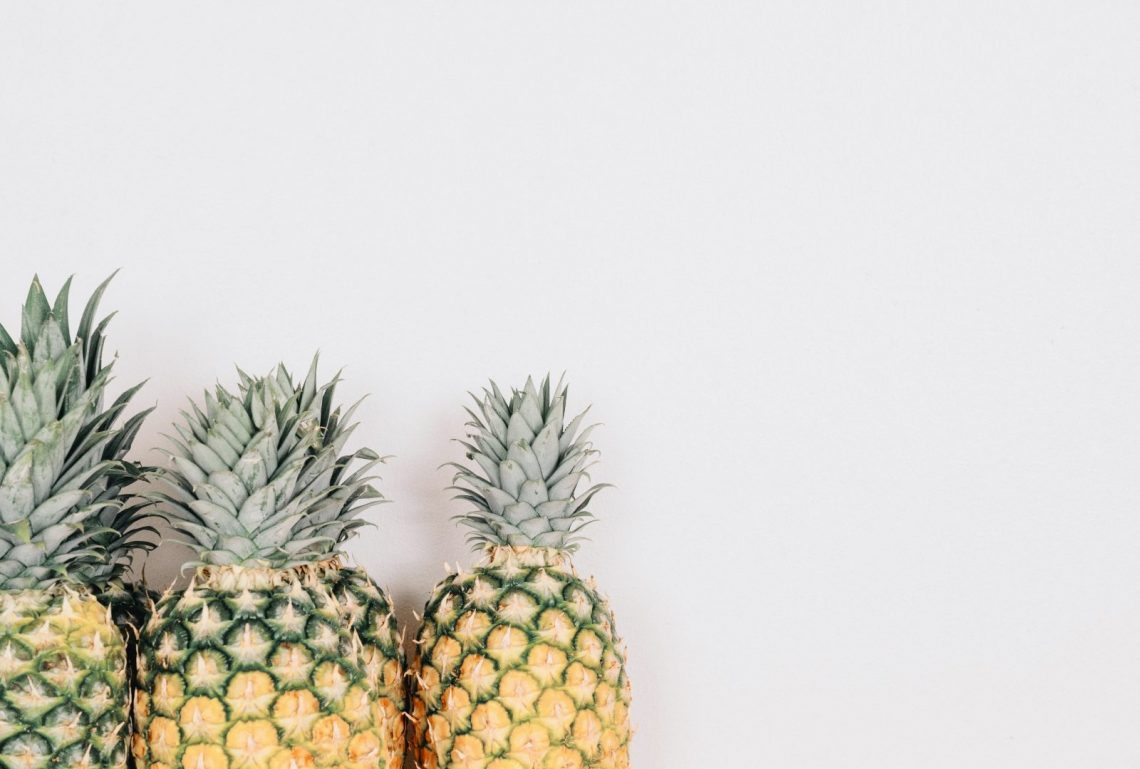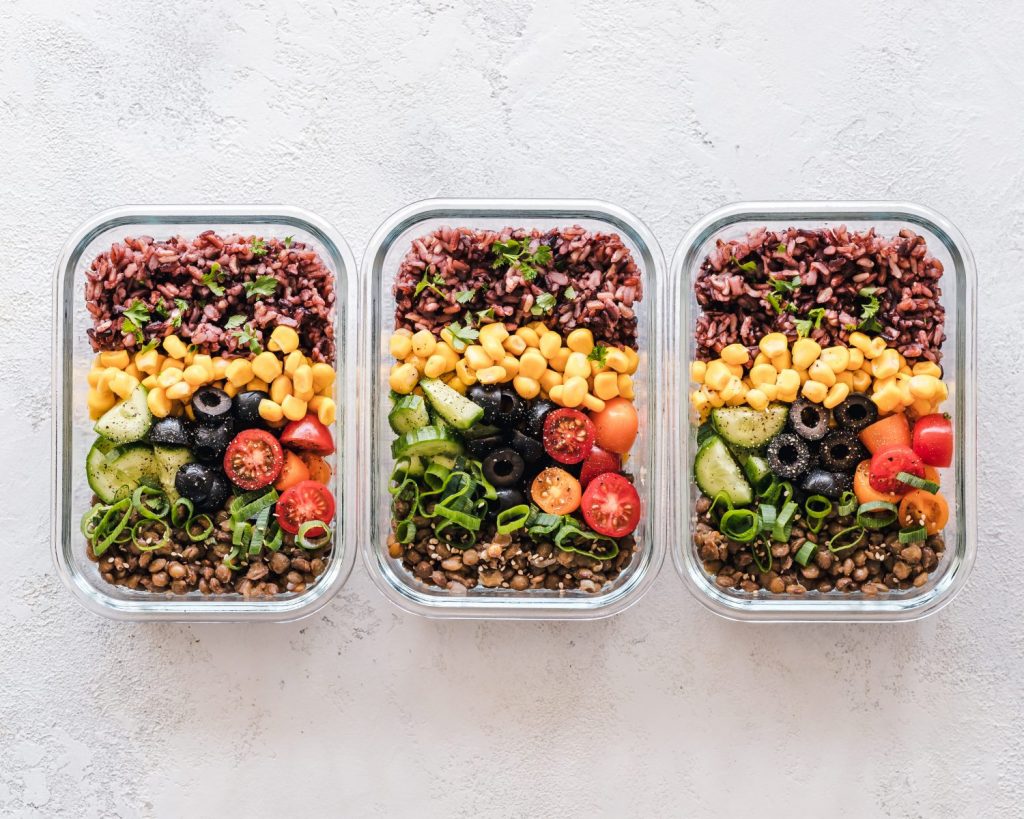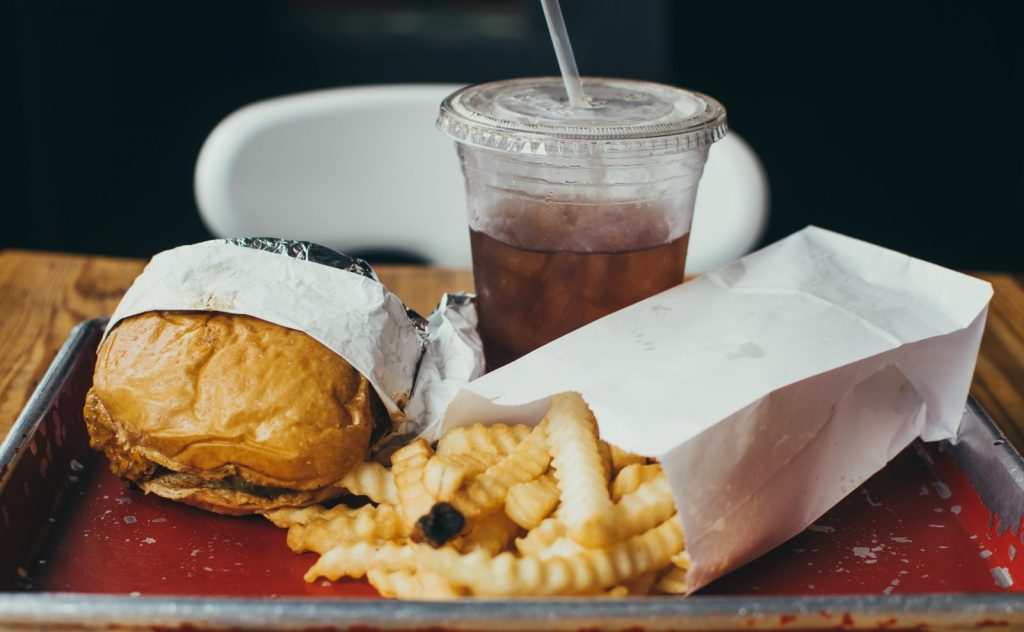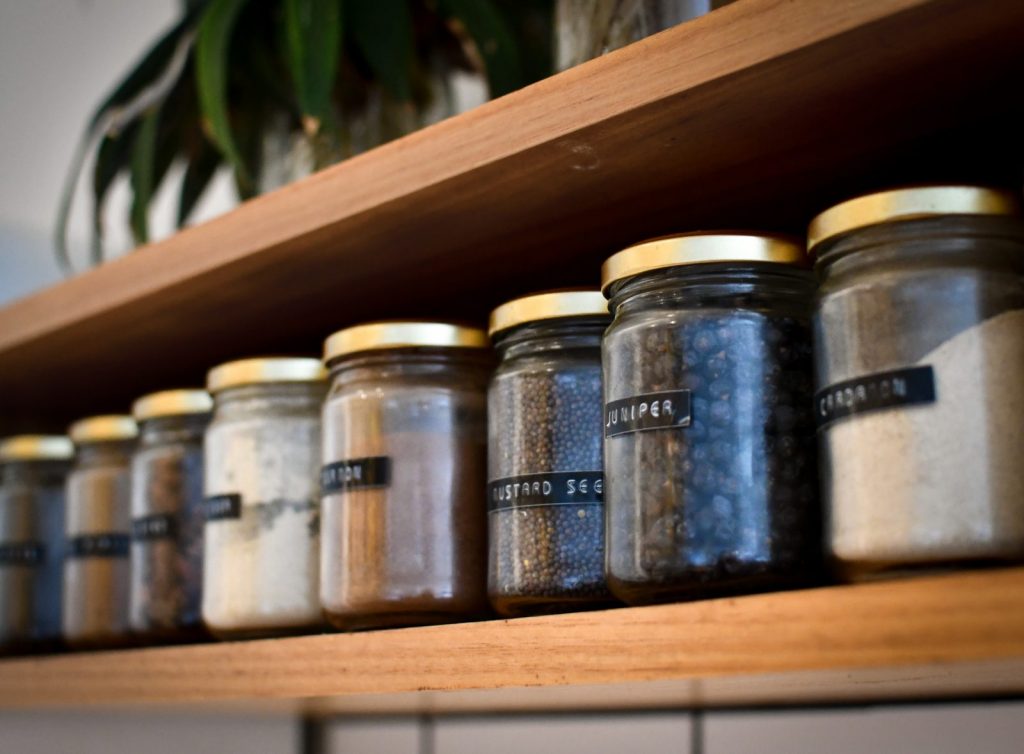
Six Simple Steps To a Nutrition Reset
In need of a nutrition reset? We can make around 250 food decisions a day. In fact, research shows that most of our food decisions are not actually based around hunger, but are influenced by our habits and our environment.
Try These 6 Steps
A healthy diet is not just about maintaining weight. It helps to improve our ability to resist infection, improve longevity, and reduce depression and anxiety risk.
Cleaning out your pantry and creating access to as many wholesome, natural and unprocessed foods puts you back in control, reducing the temptation for emotional and over eating.
Step 1
Have a Plan
- Clean out your pantry of any foods that don’t serve you (step 4).
- Re-stock your pantry with healthy ‘swap in’ options (step 5).
- Make a meal plan and grocery list each week. Getting tired of the never ending “what’s for dinner?”. Simplify your life with themed dinner nights, for eg. Meatless Monday, Taco Tuesday.
- Eat more meals as a family. Eating together has been linked with increased child and adolescent intake of fruit and vegetables and other healthy foods. Choose a few nights a week, it’s a great way to open up meaningful conversations with partners/family members.
- Batch cook. “Cook once, eat twice”. Simply add an extra tray of vegetables each time the oven is on. Roast veggies such as pumpkin, sweet potato, onions, garlic, & carrots. They can easily be added to lunches, salads & frittatas. I always have a back up in the freezer.

Batch cooking saves time and reduces waste
Step 2
Eliminate Junk Food
Firstly, it’s helpful to observe why you might be craving a certain food. Are you bored, tired, stressed, depressed, or perhaps simply dehydrated? Not regularly purchasing and storing unhealthy foods reduces your exposure to binge eating and puts you back in control.
Think before you eat: are you bored, stressed, or tired?

Step 3
Trick Foods You Think Are Good For You
There’s a lot of so-called health foods out there that could be sabotaging your health efforts. Many gluten-free packaged foods or foods labelled ‘sugar-free’ have added artificial sweeteners and additives or a sugar content as high – if not higher – than their natural counterparts. Always check the label and look out for suspect foods such as:
- Flavoured and sweetened yoghurt
- Regular peanut butter
- Fruit juices
- Labels such as ‘Gluten-free’, ‘Organic’, ‘Sugar-free’ including biscuits, baked savoury snacks, ‘light’ or ‘low-fat’ ice cream etc. NOTE: A “sugar-free” food must contain less than 0.5 g of sugar per serving
- Breakfast cereals
- Muesli/granola bars
Step 4
Clean Out Your Pantry
Give your pantry a makeover by reducing foods that may trigger your unhealthy eating habits. Remember: if it’s in your house, you’re going to eat it eventually!
Relying on willpower alone to stick to a strict diet rarely works for the long-term. Changing your surroundings and simplifying your food choices reduces the decisions you need to make and requires less thought and energy.
Remember: Willpower is a limited resource, it’s like a muscle that becomes fatigued from overuse.
Social Psychologist Roy Baumeister
You may need to sit down and talk through your plan and goals with family members or house mates. They will gain the benefits of the healthier lifestyle, but it may meet with resistance in the beginning (this is where the ‘swapping this for that’ comes in, see below).
Not Sure Where to Start?
- Ultra processed convenience foods such as ice cream, processed meats, sausages, chips, mass-produced bread, breakfast cereals, biscuits, carbonated drinks, fruit-flavoured yoghurts, instant soups/noodles
- Does the ingredient label include food colourings, preservatives, flavour enhancers and artificial sweeteners? Look out for numbers in the 600 & 900’s.
- Is this food perishable? Does it have a long shelf-life?

Purchasing ingredients in bulk can save time and money
Step 5
Swapping This For That
By using a “swap system” you can replace many processed foods for healthier alternatives. This can make you feel less like you’re depriving yourself and your family.
| Swap Out | Swap in alternative |
| Sugar & artificial sweeteners | Honey, pure maple syrup, stevia |
| Milk Chocolate & Sweets | 70-85% dark chocolate or raw cacao. Protein balls, raw fudge |
| Soft drinks & Sports Drinks | Water with fresh lemon or lime, coconut water DIY Electrolyte drink — water, lemon, Celtic Sea salt & honey |
| Margarine & Cooking Oils | Extra virgin coconut oil, extra virgin olive oil, ghee |
| White bread | Lettuce for wraps, traditional sourdough |
| Breakfast Cereals | Overnight oats or chia with nuts and seeds, Natural Greek yoghurt with nuts and sliced fruit, Scrambled eggs with fermented vegetables |
| Flavoured Yoghurt | Natural Greek Yoghurt, coconut yoghurt (add raw honey and fresh/frozen berries to naturally sweeten) |
| White Pasta | Zucchini spirals (can lightly cook in coconut oil), gluten free pasta such as brown rice, quinoa, etc. |
| Potato chips/fries | |
| Cows milk | If you can’t tolerate cow’s milk try an alternative like almond/coconut/oat/soy/rice milk (check labels, avoid sweetened) |
| Table salt | Pink Himalayan or Celtic sea salt |
| White Rice | Brown Rice, Cauliflower ‘rice’, Cauliflower & Broccoli ‘rice’, Quinoa |
Step 6
Practice Mindful Eating
Eating mindfully has been shown to promote weight loss, reduce binge eating, and improve your relationship with food. The following tips are also great for children:
- Eat slowly and without distractions (such as the TV)
- Listen to physical hunger cues and eat only until you’re 80% full
- Pause before you eat. Ask yourself why you’re craving food, are you dehydrated, stressed, sad, bored, or depressed?
- Engage all of your senses when eating by noticing smells, tastes, textures, and flavours
- Appreciate your food – is what you’re about to eat serving you and your journey to health?
You can find some great science-based mindful eating exercises from Positive Psychology here.
Final Recommendations
Develop daily routines and habits that become automatic.
Change takes repetition, yes it’s great to have one big goal but focusing on small daily steps makes change more achievable. Importantly, don’t beat yourself up if you fall off the wagon occasionally, you’re human.
Follow these simple steps and remember to take time to review and reflect on what you’ve achieved. You can shape your reality and optimise your health by cultivating a positive mindset and genuine self-care.






